The Creatures Time Left Behind
Wikipedia Common License, by Dmitry Bogdanov
Desmostylus: The archetypical Desmostylian and perhaps the most ungainly looking beast to ever live.
Over the course of life’s history, most groups of animals have become dead ends, with no surviving modern representatives. Of course, there’s no way to know which groups that still exist will become dead ends in the future, but the fact remains that although there are plenty of extinct species that can be compared to their existing relatives, there are many that cannot. Some of these groups, such as pterosaurs, marine reptiles, and the majority of dinosaur diversity, are well known. But there are other equally strange if less famous types of creatures which are not well recognized by most. This list will highlight some of the most notable of these creatures unlike anything that lives today.
Astrapotherians: Large browsing mammals native to South America and Antarctica (before it reached its current position on the south pole). They resembled tapirs, stocky herbivores with thick hides and sometimes short proboscises. However, they were distinguished by their being larger and having tusk-like canines on their upper and lower jaws, which may have served purposes from self defense to feeding. It has also been suggested that some were hippo-like amphibians.
Cimolestids: Early mammals that were not placental, marsupial, or monotreme. Unlike us and our close relatives the placentals, cimolestids could not raise their young to full functionality inside the womb, nor could they raise the still developing young in a pouch like a marsupial or lay eggs like a monotreme. They may have raised their feeble offspring in secure burrows instead. These creatures thrived during the paleocene and eocene, right after the extinction of the dinosaurs. Most bore superficial resemblance to rats and possums, but some like Coryphodon grew to be pig sized browsers like small, hairy, hornless rhinoceroses.
Desmostylians: Truly bizarre, barrel bodied, thick skinned herbivorous mammals that had legs that often look far too short for their bodies. These clearly amphibious creatures were closely related to elephants and sirenians (manatees and dugongs), though the exact relationships are unknown. Some varieties had short tusks, which have been analyzed using isotope measurement to determine whether particular species lived in fresh or salt water.
Diadectomorphids: Giant reptile-like amphibians with pebbly toadlike skin that thrived at the beginning of the Permian. These herbivores were quite possibly the first tetrapods (land vertebrates) to reach truly large sizes. The largest, Diadectes, was almost 10 feet long.
Dinocephalians: One of several groups of non-mammalian therapsid, also known as “mammal like reptiles.” Dinocephalians were notable for having thickened, knobly skulls that earned them their name, which translates to “terrible headed ones”. These creatures were present in herbivorous and carnivorous forms in the Permian, before the Age of Dinosaurs. They stood out not only due to their strange skulls but also because of their long front limbs and bulky bodies. Some of the largest of their kind grew to be the size of rhinos.
Gastornithoformes: For a brief period after the supposed extinction of the dinosaurs they continued to rule the land in the form of this family of huge flightless birds. All gastornithoformes were nearly as tall as a human or bigger, with a heavier build than ostriches and giant beaks. It is thought that most were herbivorous, though some of the larger species such as Gastornis may have been carnivores.
Hesperornithes: The “original penguins,” Hesperornithes were some of the first aquatic birds. Although similarly torpedo shaped like penguins, Hesperornithes were often larger and had longer necks ending in wicked toothed beaks. In addition, their legs were longer and flippers shorter, meaning they swam using their legs more and may have been incapable of standing on land.
Ostracoderms: Although this name is no longer considered truly valid, Ostracoderm is a useful term for the early jawless fish that thrived during the paleozoic, before the Age of Dinosaurs. Almost as diverse as the jawed fish that evolved alongside them, all jawless fish fed through filter feeding or suction. Many had strange horns and implements whose purposes are not yet known.
Othocones: Relatives of the modern nautilus, the orthocones had straight rather than curved shells and moved like squids. Although most were no larger than the human hand, some grew to massive sizes. The ordovician giant Cameroceras grew up to 30 feet long, and is often considered the world’s first superpredator.
Oxyaenidae: Another group of primitive mammals, closely related to the common ancestor of many modern groups of mammal such as even-toed ungulates, whales, bats, and carnivorans. These creatures superficially resembled cats but walked on the soles of their feet instead of their toes like cats. The largest, such as Sarkastodon, were massive predators weighing up to 1,800 pounds, almost twice the weight of a large male polar bear.
Parareptilians: A group of diverse but currently extinct reptiles that could potentially include modern turtles. Although many closely resembled lizards, there were two very unique groups. The first of these was the mesosaurids, creatures resembling reptilian otters with long, toothy beak-snouts. The second was the pareiasaurians, barrel chested creatures that lived during the permian and were mostly herbivores. Some of these, such as Scutosaurus, had armor knobs on their backs.
Placoderms: The placoderms were prehistoric bony fish whose skull bones developed into a powerful armor plating just beneath the skin. Although slower than most fish due to this heavy structure, placoderms were capable of filling many roles in the oceans of the Devonian, at a time when almost no animals had yet ventured onto land. The largest included Dunkleosteus, a fearsome predator the size of an Orca whale, and Titanichthys, and even larger creature that was the world’s first plankton guzzling ocean giant.
Radiodonts: Puzzling, shimplike aquatic creatures reaching up to 7 feet in length, the radiodonts were common during the cambrian, ordovician, and silurian, at the very dawn of multicellular life. These diverse creatures were early arthropods, relatives of modern insects, arachnids, and crustaceans. However, their strange circular mouths and grasping tendrils were like nothing else ever seen since. They ranged from predators to scavengers to filter feeders, and at the time were some of the largest creatures on the planet.
Rauisuchids: These Triassic archosaurs were close relatives of crocodiles that developed an upright gait like a dinosaur, although all walked quadrupedally. With huge boxy heads that resembled those of Tyrannosaurids and armor plated backs, these predators were the most common carnivores in the triassic, when dinosaurs were first evolving. Their largest species, Fasolasuchus, grew up to 35 feet long, making it the largest non-dinosaur land carnivore ever discovered.
Sebecids and other land crocodiles: Terrestrial crocodiles of various sorts were common during the Mesozoic (Age of Dinosaurs) and persisted into the Cenozoic (Age of Mammals) in South America. Most were a few feet long and scavenged or hunted small creatures, but some may have been herbivorous. The Sebecids lived in South America up to about 11 million years ago. Their largest member, Barinasuchus, grew up to 30 feet long.
Temnospondyls: An extinct group containing the largest amphibians ever, these creatures lived both during the Carboniferous and Permian and into the Triassic. Famous examples include the Prionosuchus, a 30 foot long predator from the Permian that fed like a modern crocodile, and Mastodonsuchus, a stockier beast whose lower canines stuck out from the top of its head through holes in its skull and skin.
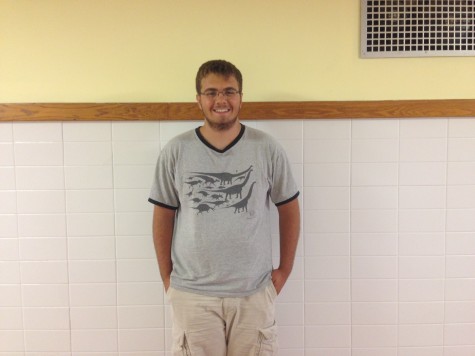
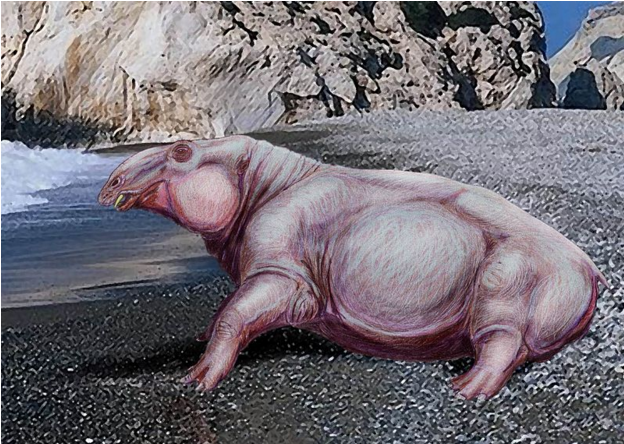
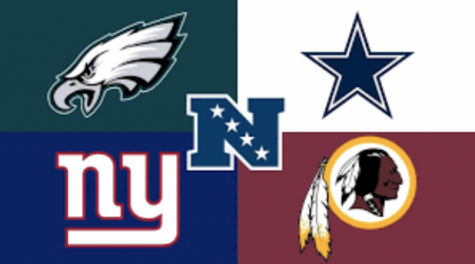


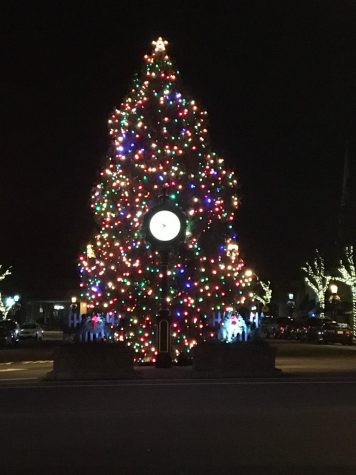
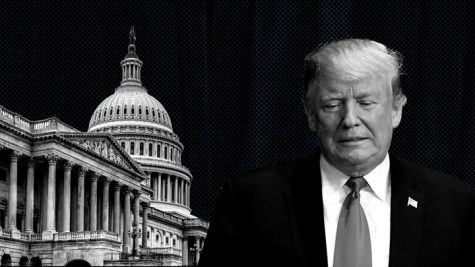

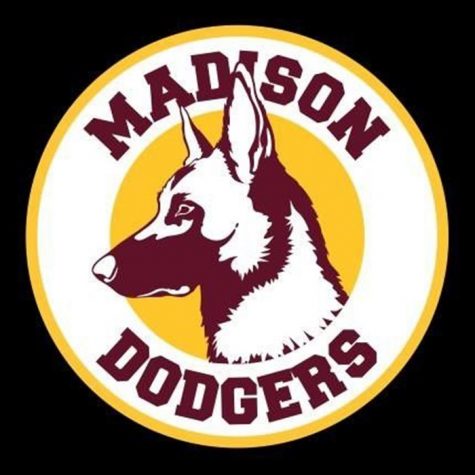
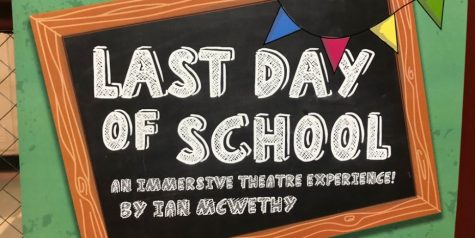
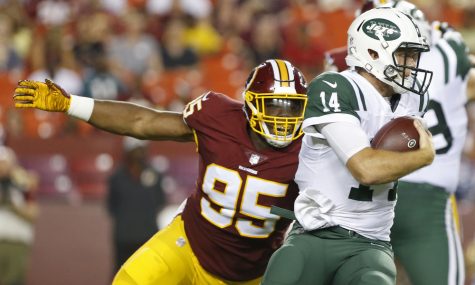

Whitney Xu • Apr 22, 2016 at 1:36 pm
Sometimes when I eat too much at the Cheesecake Factory, I feel like the archetypical Desmostylian